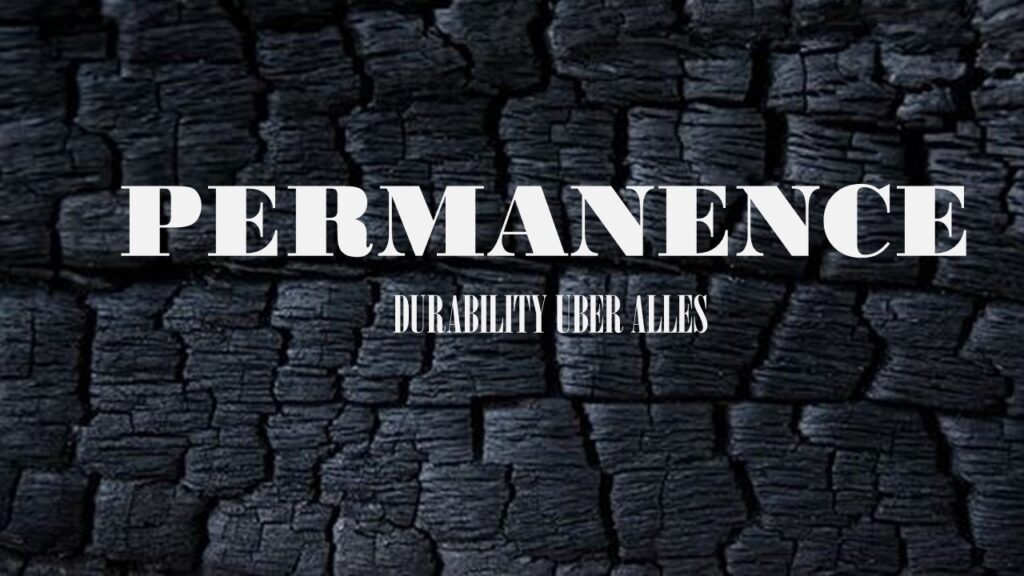
For much of the XX century Western Civilization bowed to the god of profit above all else. Externalities were vehemently, sometimes violently ignored. This mode of thinking brought many, though certainly not all, a vastly more comfortable lifestyle. Meanwhile many planetary systems upon which humans and most other flora and fauna depend suffered greatly. Unchecked pollution of water, air and soil exacerbated biodiversity loss triggered by converting vast swaths of forests to farmland around the globe.
As we round out the first quarter of the XXI century, profit still reigns supreme nearly everywhere though carbon is (finally) beginning to nudge its way into the balance sheet of more and more governments and corporations. Sadly, it looks like we may repeat the ill-begotten singularity of focus with carbon as was done with the god of profit.
The emerging myopic focus being lauded most loudly is known as ‘permanence’ (aka durability). While preventing carbon from converting back into carbon dioxide for as long as possible is definitely a most admirable trait, it should not be viewed as the only trait of relevance.
Curiously (or not if you follow the money behind it) permanence seems to be all everyone is talking about these days. It has begun to outweigh any and all other considerations and criteria for supporting certain carbon removal strategies. Somewhat arbitrarily it seems to have been determined by many influential carbon removal buyers that 1,000 years is the new holy grail for durability, though others acknowledge that removing carbon from the carbon cycle for a century or even a decade has value and should be valorized.
Consideration as to when these removals will actually happen is barely discussed. Given the intense and earnest messaging around how critical the next decade (or less) is in terms of averting the worst impacts of the climate crisis, one might think near term delivery and scalability would factor in at least as high as durability.
Considering all of the other critical problems humanity is facing such as increasingly depleted and toxic soils, our ability to feed a burgeoning population while adapting to the many new climate vagaries, competition for ever scarcer resources, and the need to shift quickly and cost effectively away from our dependance on fossil fuel energy, one might think that co-benefits of carbon removals such as those provided by reforestation, afforestation and biochar would factor at least as high as durability when considering what CDR to invest in.
Considering the mounting mountains of unloved organic materials from sewage sludge to food waste to excessive forest residues looking for safer, end-of-life options, one might think win-win (or even win-win-win) solutions that convert problematic organics into carbon removal opportunities would factor into decisions about what carbon removal strategies should be selected and funded.
At such a critical juncture in human history, all removal solutions should be on the table. That should go without saying. But in a time and resource constrained world, prioritization is paramount. What is doable now and how do we scale it cost-effectively should be at the forefront of investment decision making. Climate change mitigation, while exceedingly important, is not the only crisis needing our immediate attention and funding. Likewise, carbon permanence is important, but it is far too simplistic (and dangerous) to focus so much attention on this aspect to the detriment of all others. (What is that expression about all eggs in one basket?) Complex problems require more than a single, overarching focal point or rallying cry. We can and we must learn from the lessons learned from focusing solely on profits. If we don’t the suffering experienced over the last century will look like child’s play compared to what we will experience in the coming decades.

